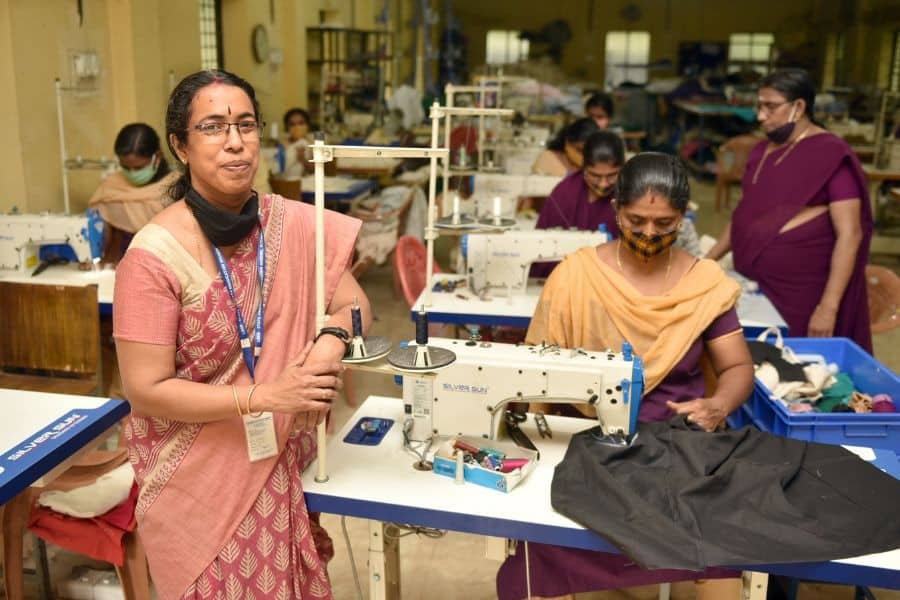
The Global Urge To Women’s Socio-economic Empowerment
It is believed that the pandemic year 2020 will have cleansed the years of vital growth earned by Governments globally in terms of women’s socio-economic empowerment. While the Indian government left no block unturned giving the much-needed push to MSMEs, we have read both the challenging and blooming stories of women entrepreneurs swimming through an ocean of difficulties. Thus, it is our social and ethical responsibility to stimulate a favorable climate for women who are extremely desirous of attaining the crew by making them equal spaces and opening up fresh roads for them to drive.
It’s All A Two-way Street
Despite India’s public growth, in terms of the proportion of women entrepreneurs in the nation, there persists a substantial gender void that wants to be shut. Presently, women barely account for a percent of 13.56 in the entrepreneurial domain and have a considerably disproportionate existence in the labor group. However, the authorities have been propelling consecutive actions to empower women in India, they remain to be, by and wide, staggered by dis-empowerment, economic dependency, and imbalances.
According to the India SDG Index, India has attained a score of 42 on a ranking of 100 on the pointer of “Gender Parity”. The digits from the recent Periodic Labor Force Survey also lay bare the considerable gender imbalance: 19.7 percent of women in rural and 16.1 percent of women in urban regions constitute the labor force. To seal these rifts and endeavor towards a comprehensive community, all stakeholders need to do more.
Today, while breaking conventional boundaries, Indian women are moving forward to make their imprint in various areas and create an effect in different set-ups. This has been well-motivated and promoted by several government strategies and endeavors. Innovations and government policies like Pradhan Mantri MUDRA Yojana, Mahila Shakti Kendra, Mahila e-Haat, and TREAD. These have resulted in a rising figure of women attempting entrepreneurship and smashing economic and social boundaries. There should not be any let-down in such achievements.
The connection between women empowerment and economic growth is a two-way street: while growth itself could reduce unevenness, accomplishing gender parity is a provision to attaining the additional Millennium Development objectives encompassing eradicating deprivation and attaining comprehensive growth.
Conclusion
Abolishing gender boundaries and authorizing women to be economically autonomous will not only have a deep relevance on the sectors such as health, education, and general well-being of women but will further direct progress in these sectors for their children.
The attainment of these women entrepreneurs could inspire other women to contribute to the entrepreneurial space. They, in turn, could give livelihood to other women in their society, and the country. These slight steps come concurrently to render towards an ultimate goal of economic development and boosting access to career, benefiting towards repealing poverty and stimulating economic growth. Large-scale targeted movements like StreeShakti, Raising Her To Lead, and the most contemporary UdyamStree campaign have a strong role in molding the future narrative and all such Programmes require our combined backing.
Image courtesy: Forbes
Udisha Srivastav is a Freelance Content Writer with Femsay.com

